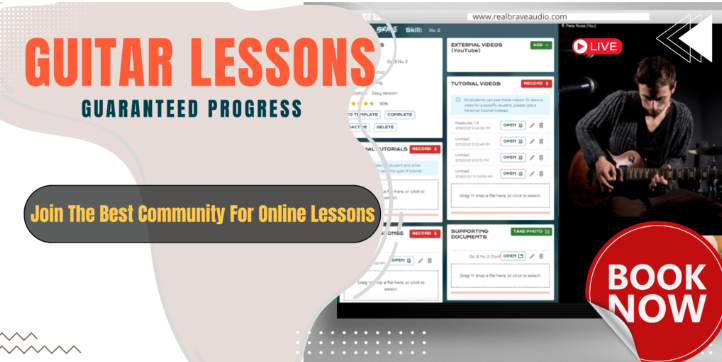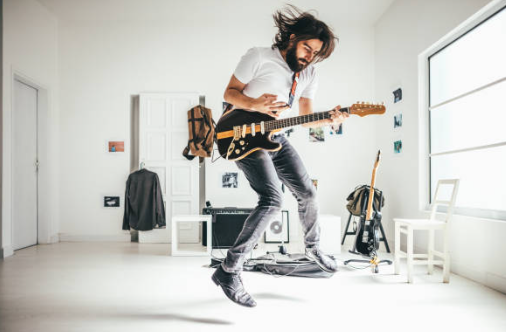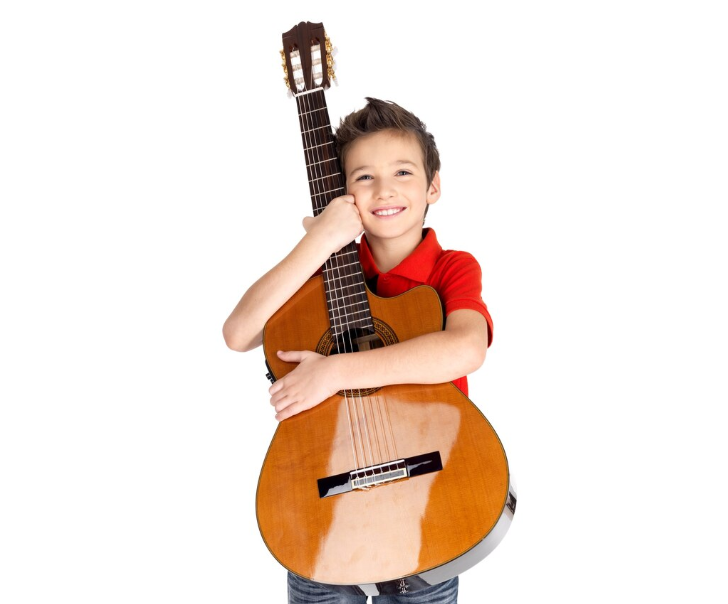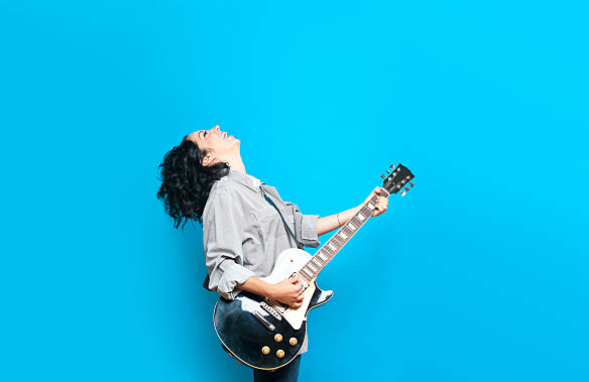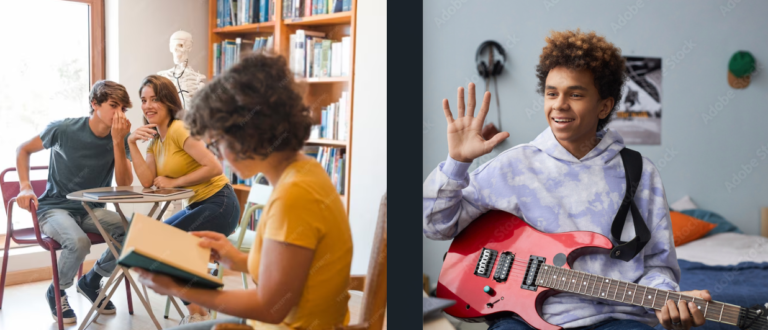Learn to Record Your Guitar: Easy Guide to Home Recording
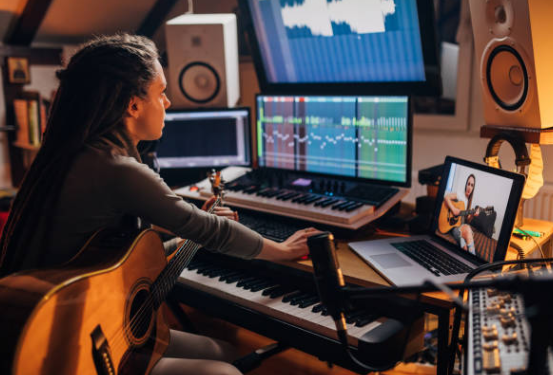
If you’ve ever wanted to record your guitar playing but felt overwhelmed by all the gear and software options, don’t worry, you’re not alone. Home recording might seem complicated, but it’s actually pretty simple once you break it down into manageable steps. This guide will walk you through everything you need to know to start recording your guitar at home without a headache.
Steps to Home Recording
1. Choose Your Recording Setup
There are two main ways to record your guitar:
- Using a microphone: Best for acoustic guitars.
- Using an audio interface: Best for electric guitars and recording directly into a computer.
If you’re playing an acoustic guitar, you’ll need a condenser microphone to capture the sound. If you’re using an electric guitar, you can plug directly into an audio interface (which connects to your computer) or mic your amp.
2. Get the Right Gear
Here’s what you need to start:
- A computer or smartphone: Most recordings are done on a computer, but mobile options exist.
- An audio interface: This converts your guitar’s signal into a format your computer can understand. Popular options: Focusrite Scarlett 2i2, PreSonus AudioBox.
- A microphone (if recording an acoustic guitar or amp): A good beginner choice: Audio-Technica AT2020.
- Headphones: Avoid using speakers when recording to prevent audio bleed.
- Recording software (DAW): Digital Audio Workstation software lets you record, edit, and mix your tracks. Free options: GarageBand (Mac), Audacity (PC/Mac), Cakewalk (Windows).
3. Setting Up Your Recording Space
Find a quiet room where you won’t be disturbed. If possible, choose a space with soft furniture or rugs to reduce echo and unwanted noise. If recording with a mic, position it about 6-12 inches away from your guitar’s sound hole (for acoustics) or in front of your amp’s speaker (for electrics).
4. Connecting Everything
- If using an audio interface:
- Plug your guitar into the interface using a standard 1/4-inch instrument cable.
- Connect the interface to your computer via USB.
- If using a microphone:
- Place the mic correctly in front of your guitar or amp.
- Connect it to your interface or a USB adapter.
- Open your DAW (recording software) and select your audio interface as the input device.
5. Adjust Your Levels
Before hitting record, make sure your sound levels are right:
- Play your guitar and check the input level meter in your DAW.
- Adjust the gain knob on your audio interface so the levels stay in the green. Avoid going into the red (this causes distortion).
6. Hit Record!
Once everything is set up:
- Press record in your DAW.
- Play your piece.
- Stop recording and listen back. If the sound isn’t right, adjust your mic placement or input levels.
7. Edit and Mix Your Recording
After recording, you can clean up your track by:
- Trimming unwanted parts.
- Adding effects like reverb or EQ to enhance your tone.
- Adjusting volume levels so everything sounds balanced.
8. Export and Share
When you’re happy with your recording, export it as an MP3 or WAV file and share it with friends, post it online, or use it to track your progress as a guitarist.
Wrap Up
Recording your guitar doesn’t have to be complicated. With a simple setup, a little practice, and patience, you can start capturing your playing in no time. The most important thing? Have fun and keep experimenting. Now go hit that record button.
Interested in taking your guitar skills to the next level? Click the below and book a free lesson with us! We’re committed to helping you express yourself freely on the guitar without endless scales and theory. Happy playing!
Author: Daniel Powers Jr, the founder of Real Brave™, serves as the chief inspiration to thousands of students in the Real Brave music instruction program. He’s also the visionary behind PracticePad™, an online platform for live one-on-one online music lessons, lesson tracking, and scheduling. Beyond his entrepreneurial pursuits, Daniel leads a non-profit organization that provides formerly homeless children with access to music education, making a profound impact on their lives. His unwavering dedication to music, innovation, and education continues to inspire individuals to reach their fullest potential while creating positive change in communities. Follow Real Brave on all the socials:
youtube.com/@realbraveinc
twitter.com/realbraveinc
https://www.tiktok.com/@realbraveinc
instagram.com/realbraveaudio
facebook.com/realbraveinc
